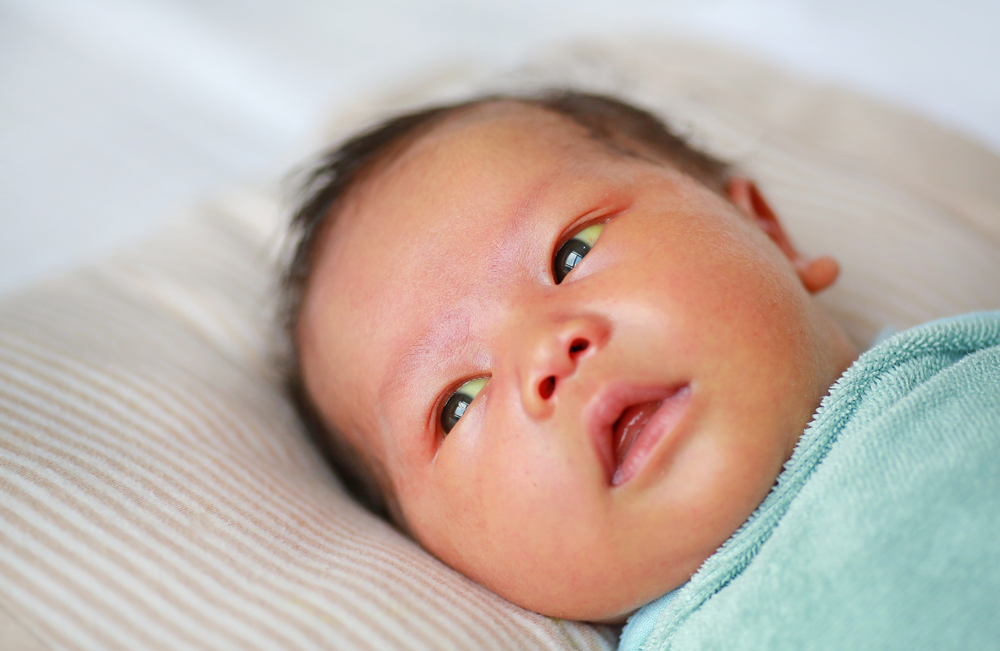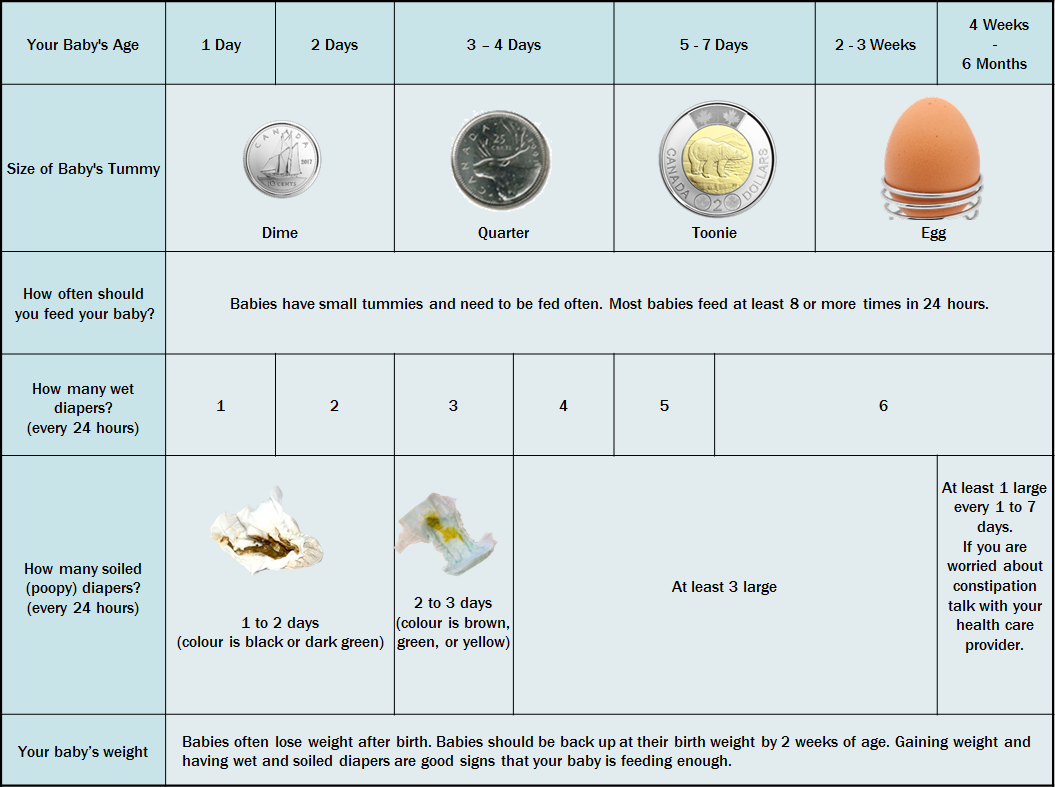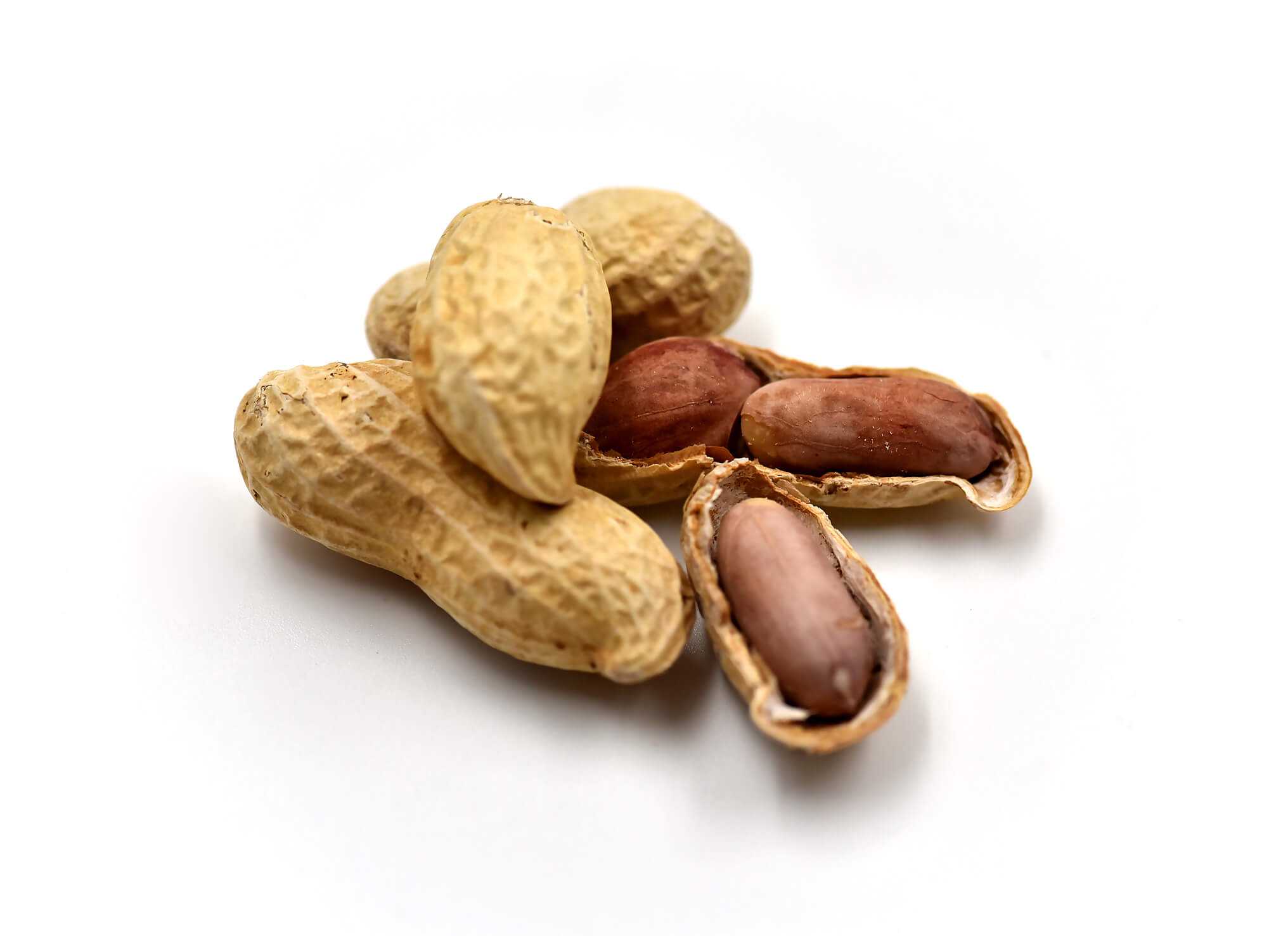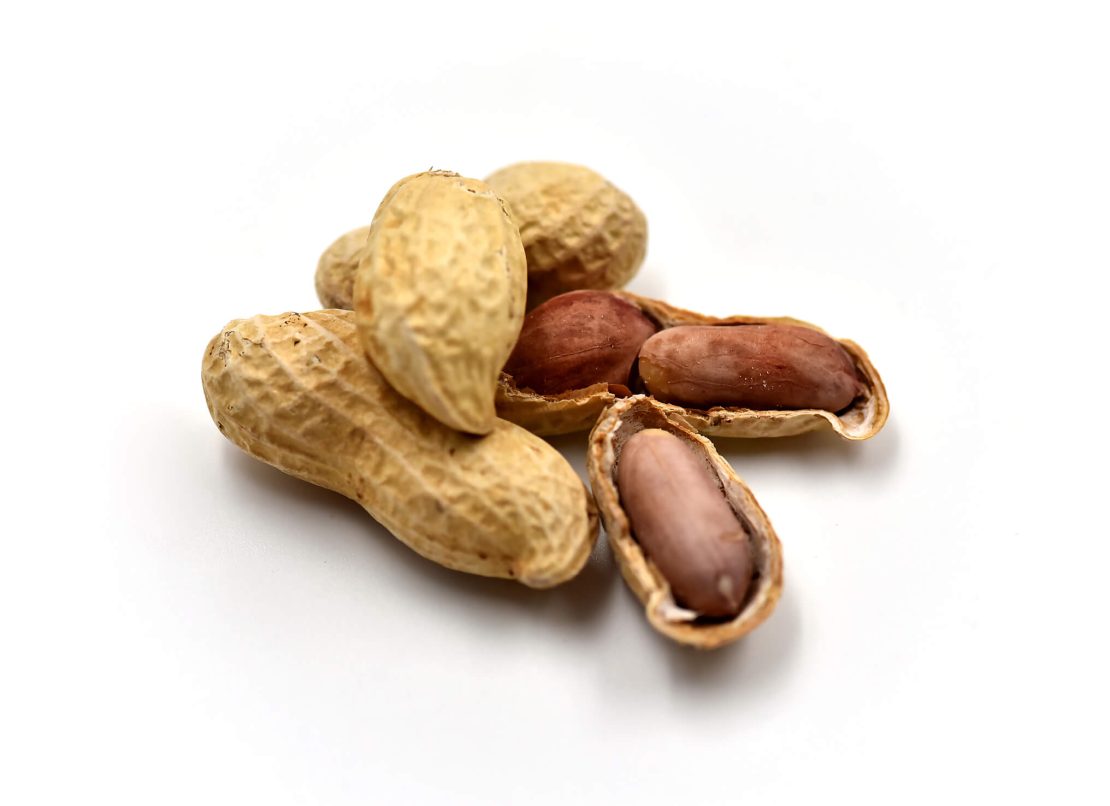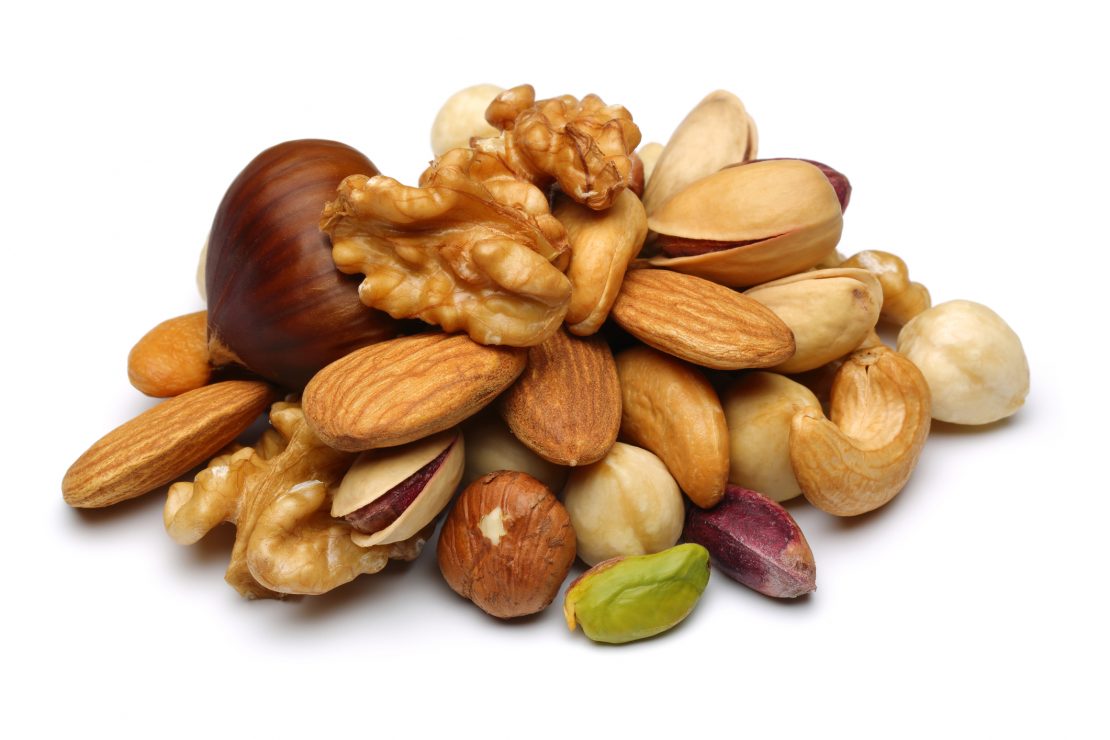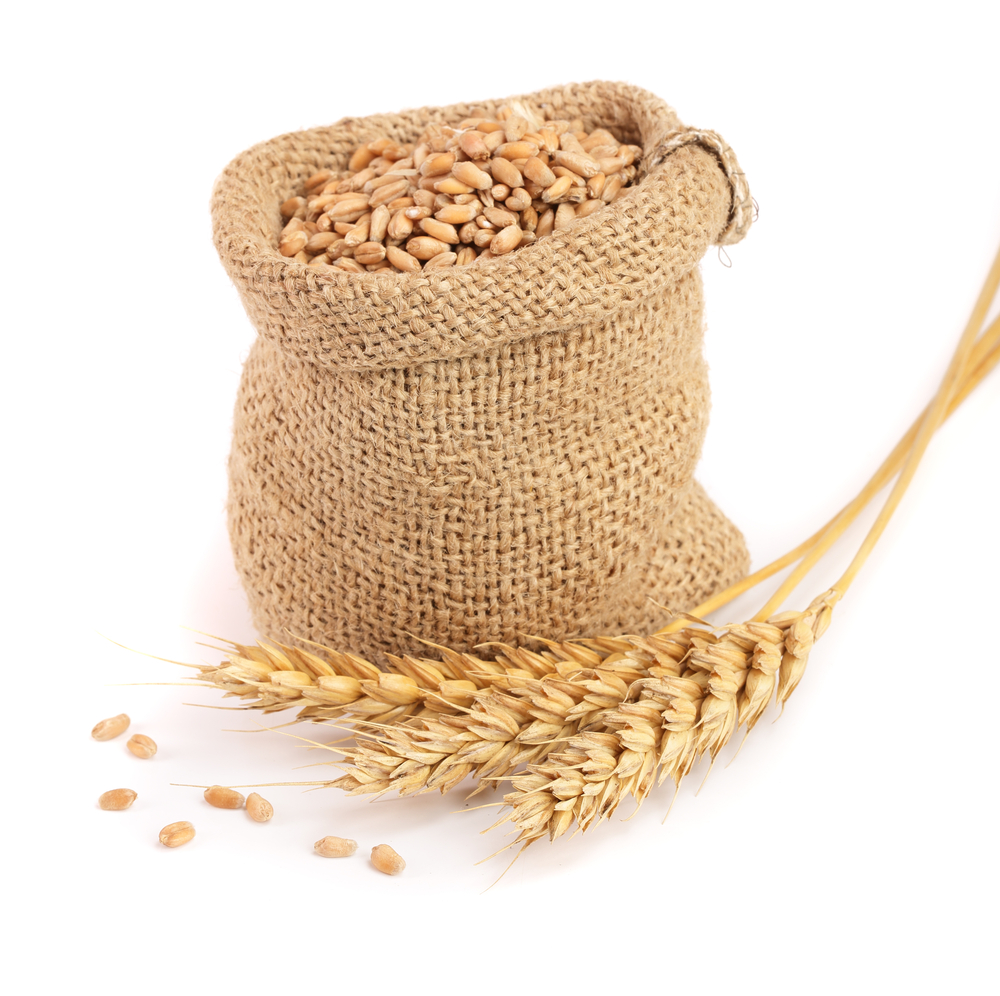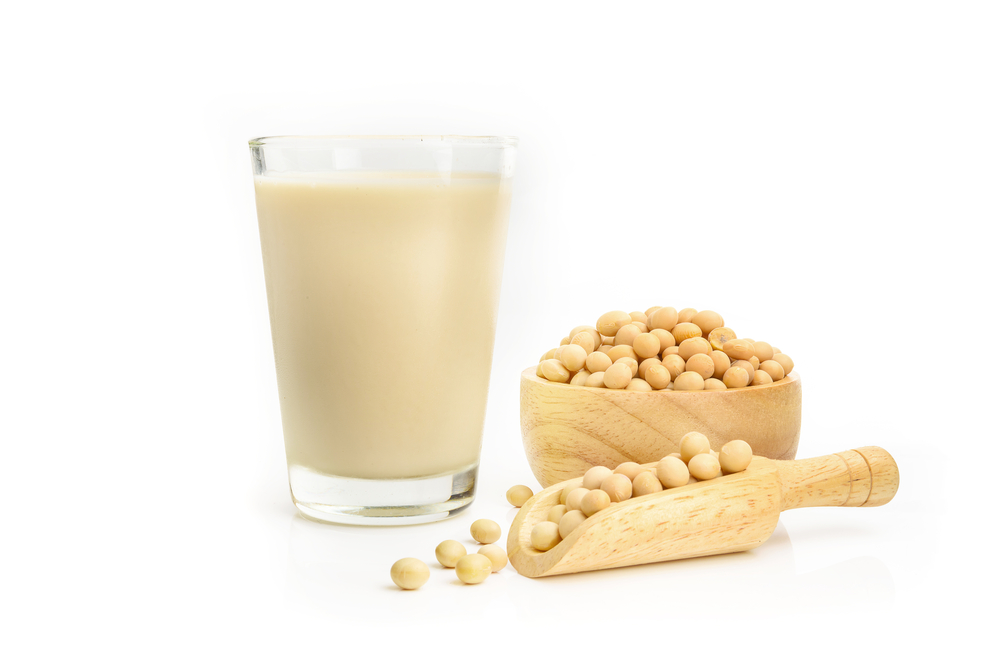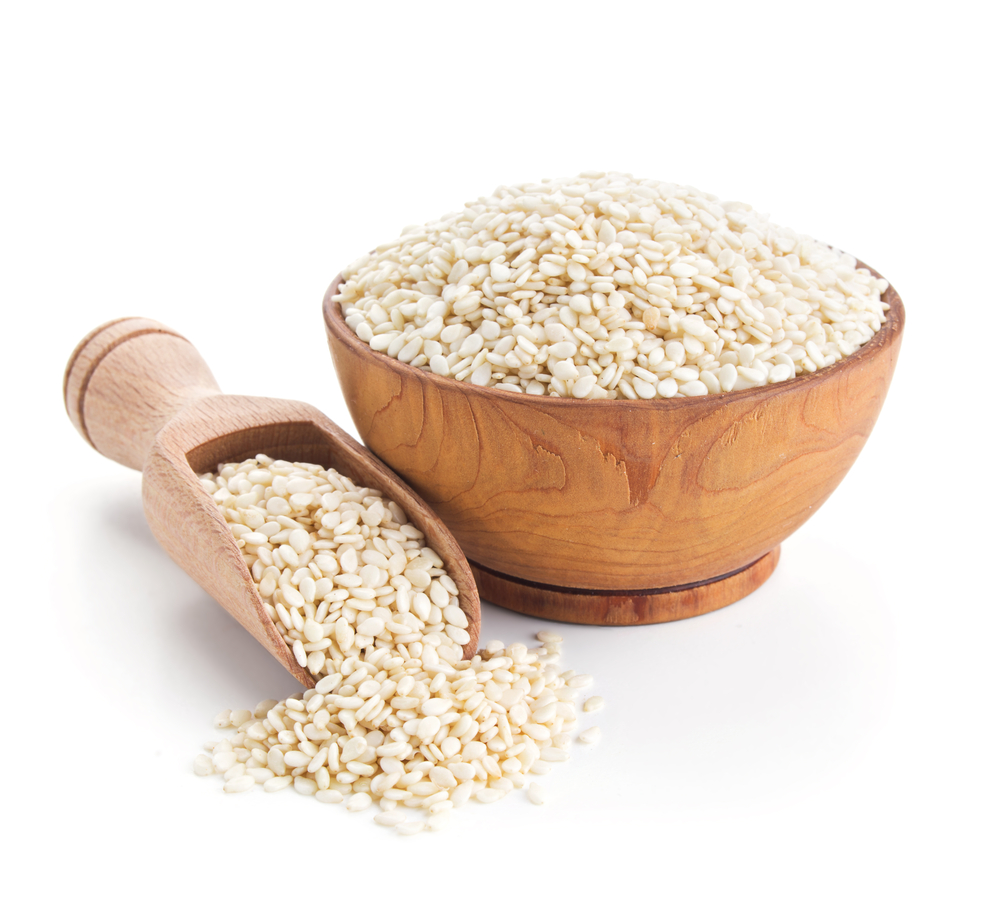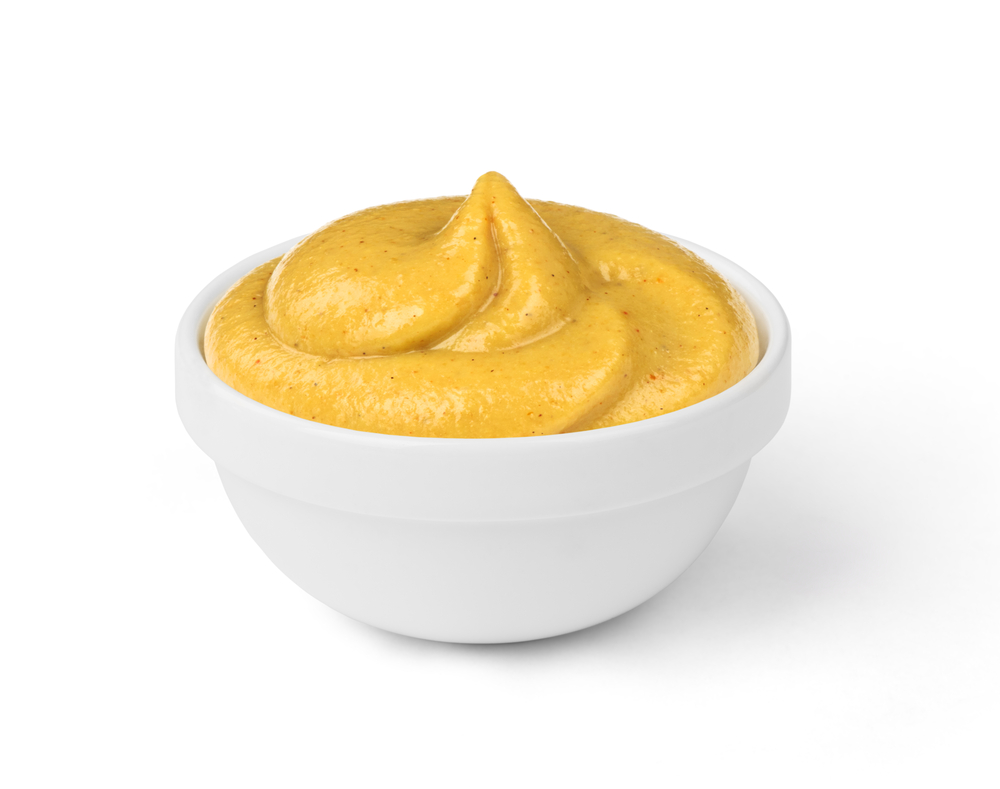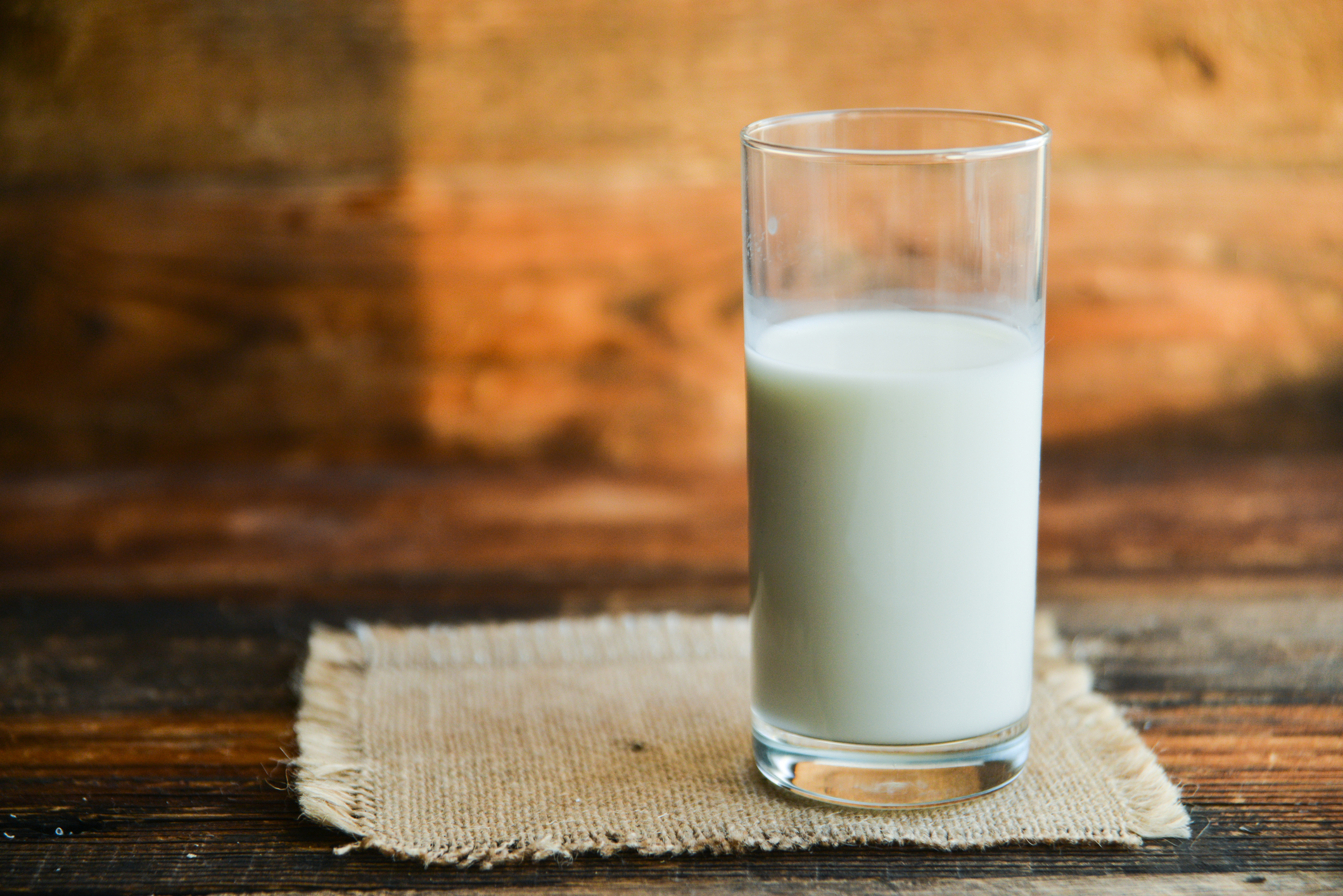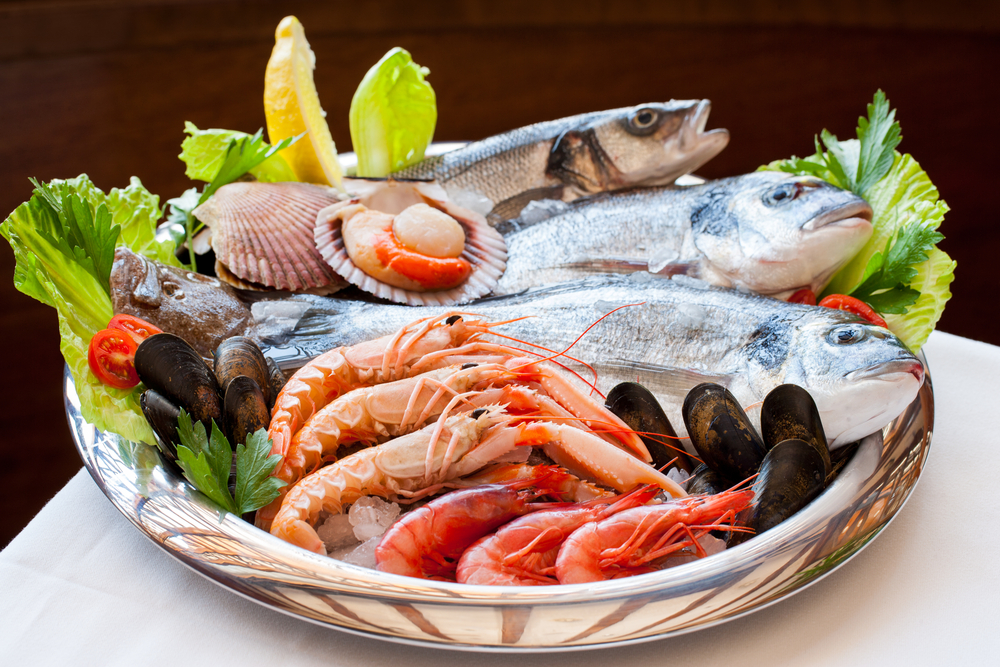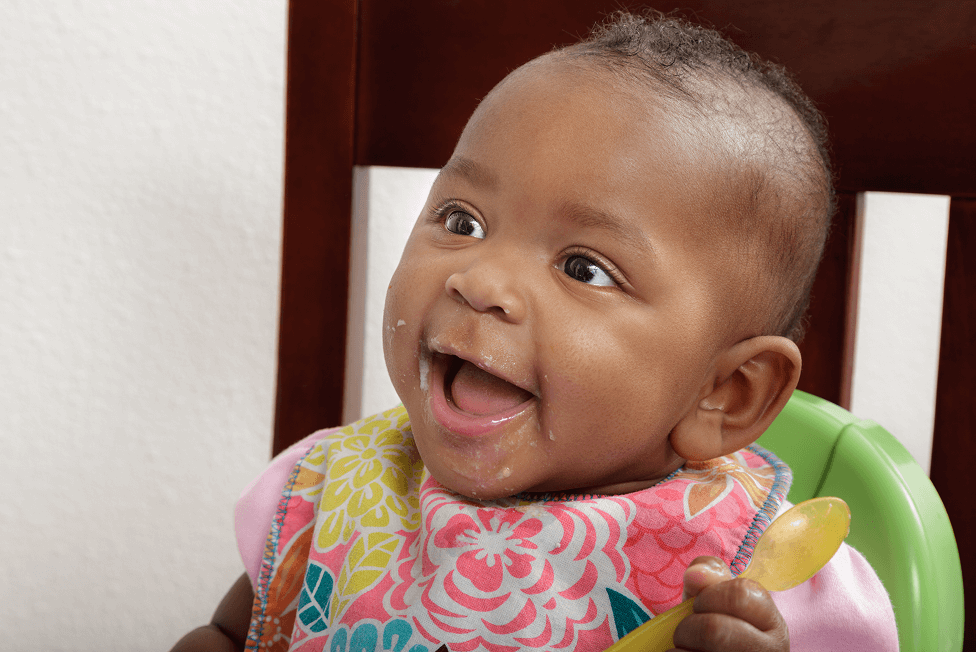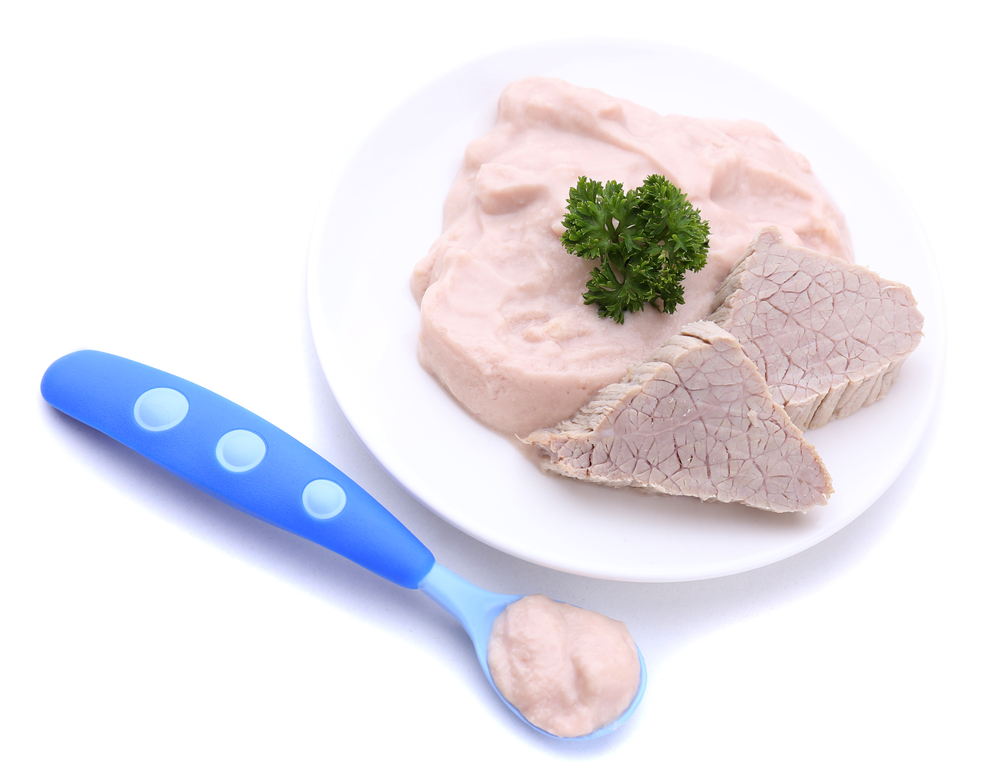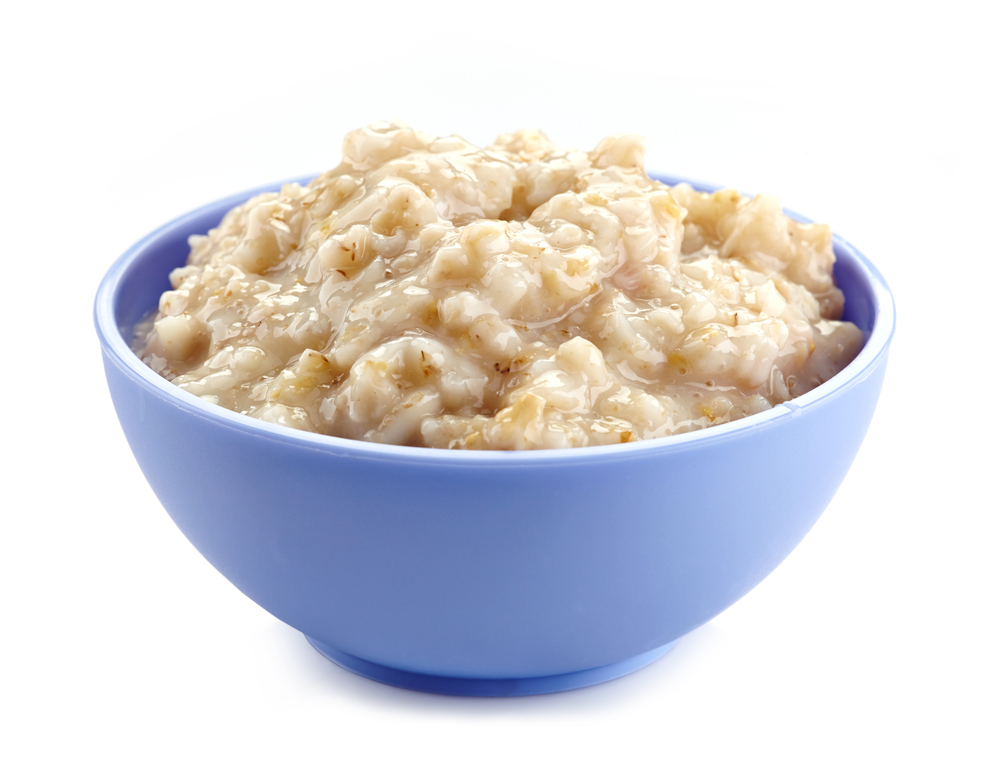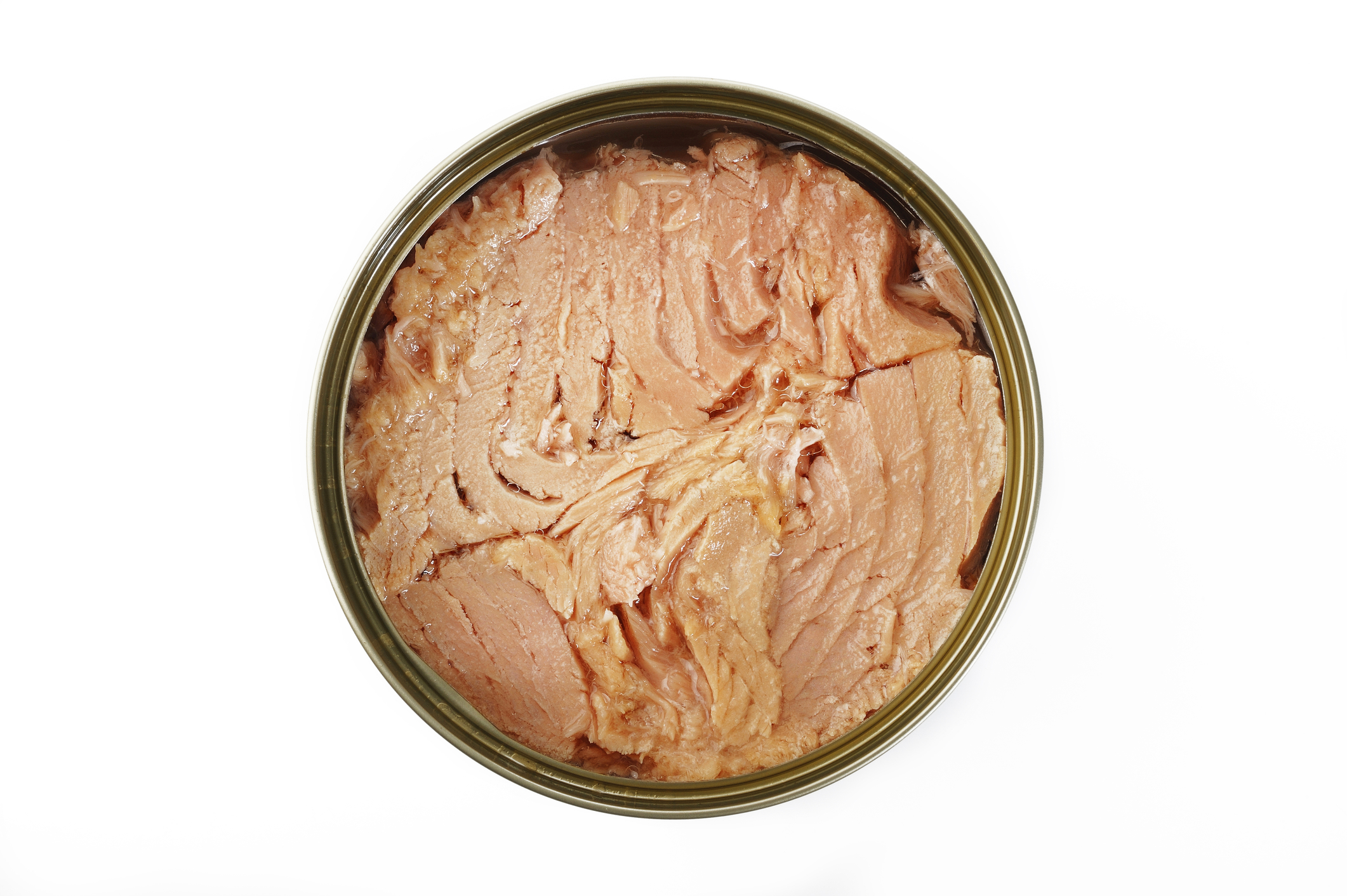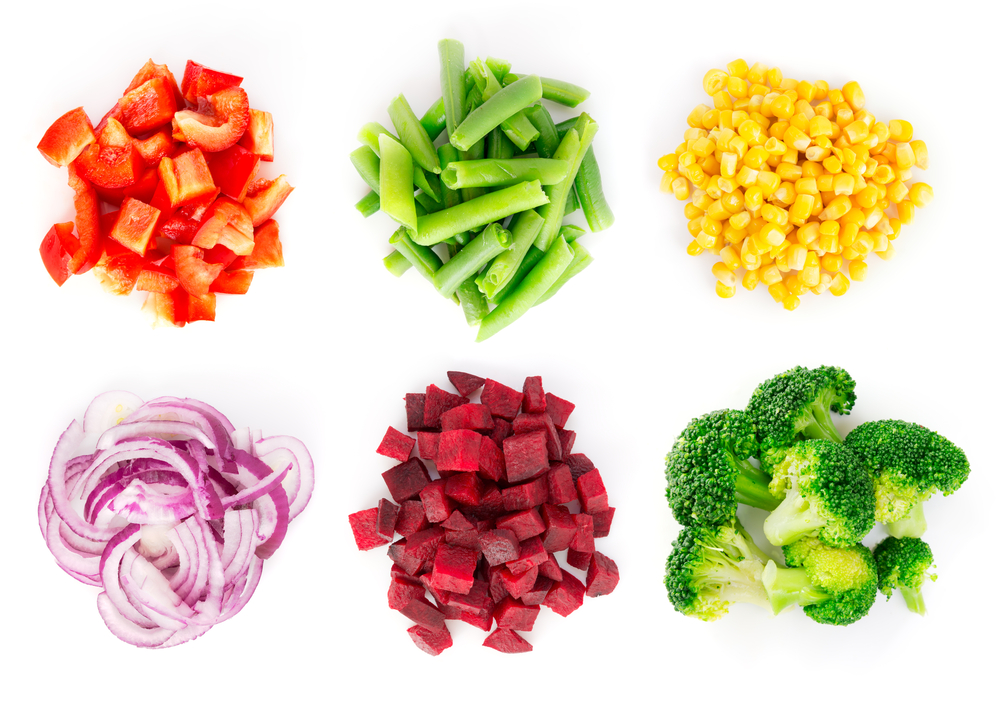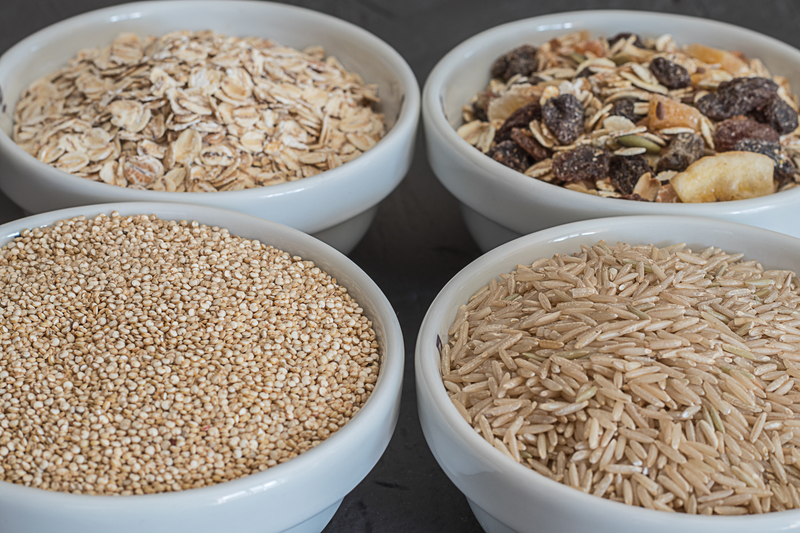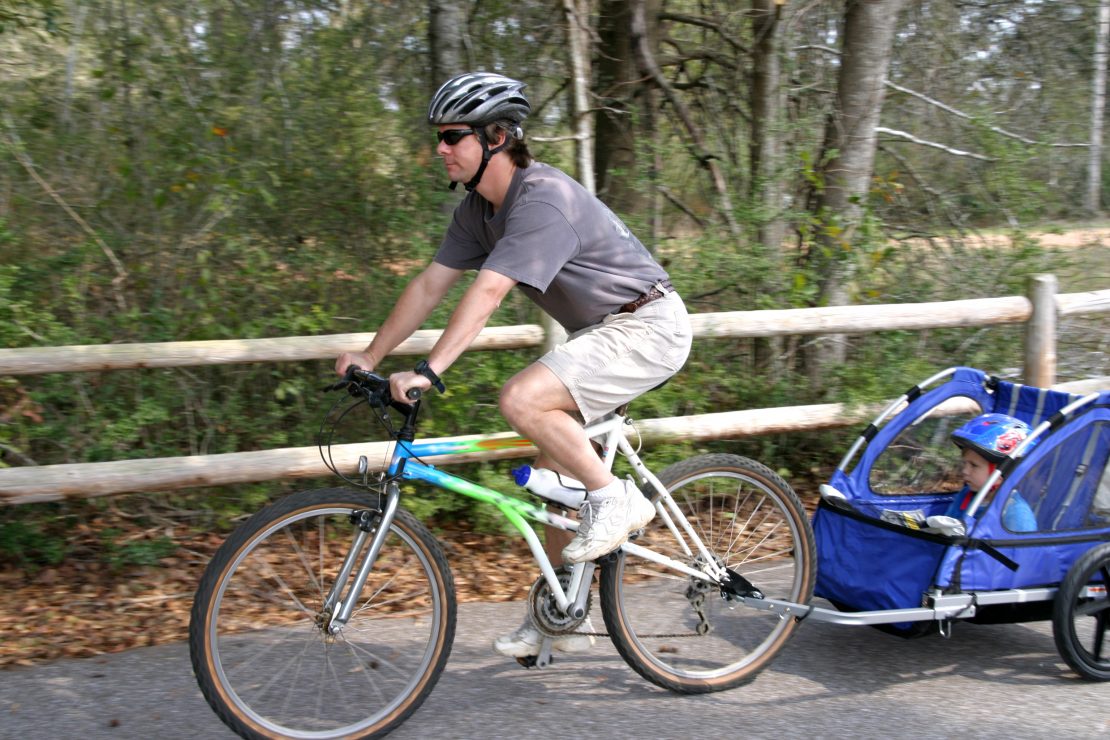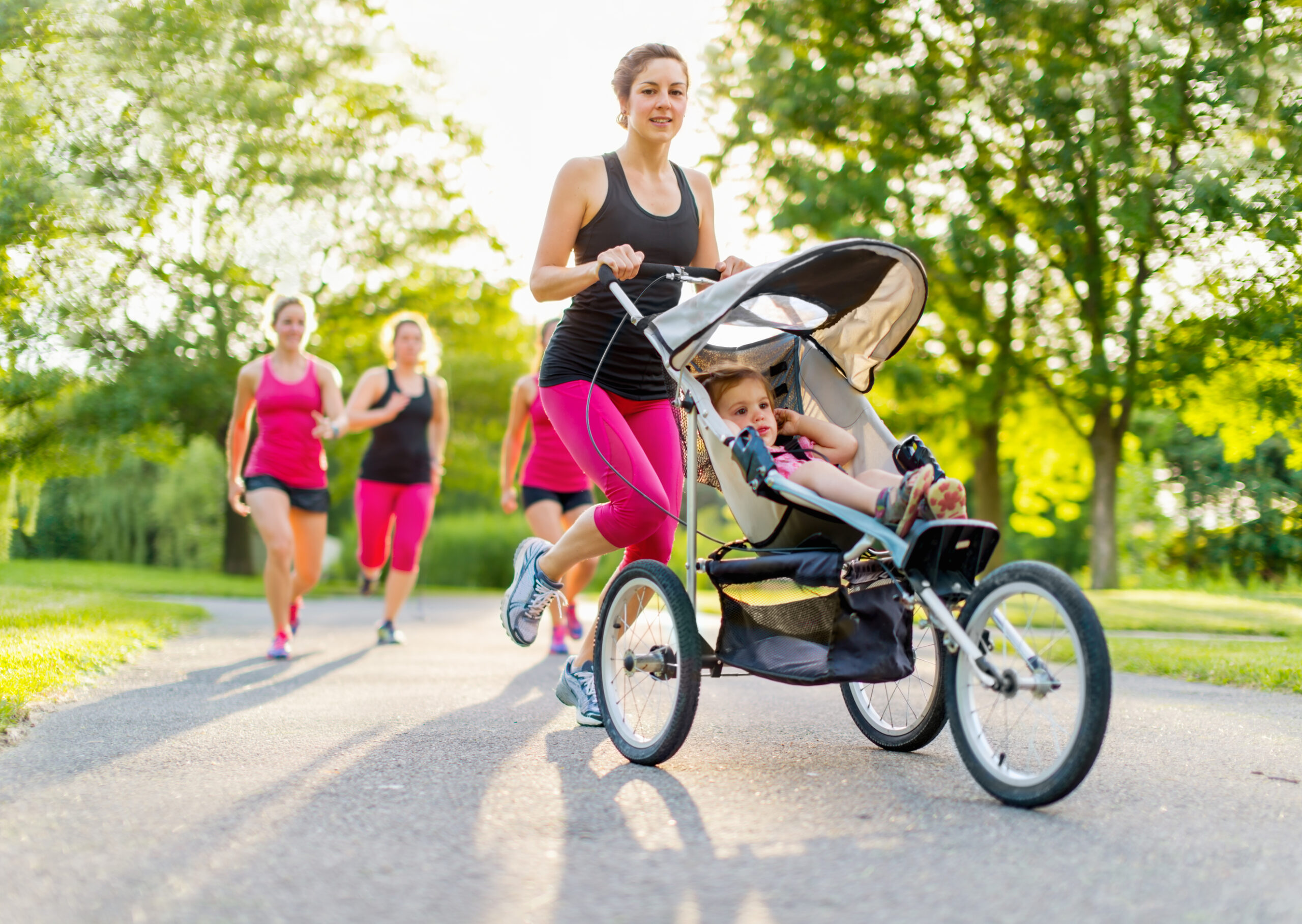Booster seats and car seats help keep your child safe in a motor vehicle.
- In Manitoba, all child passengers must ride in a child car seat or booster seat until they are at least:
- 145 centimetres (four feet nine inches) tall) OR
- 36 kilograms (80 pounds) in weight OR
- nine years of age
When it comes to seat belt safety, your child’s height is the most important factor to consider.
Only move your child to a booster seat once they have outgrown the height or weight limit of the forward-facing car seat.
Did you know?
All children under 13 years of age should ride in the back seat of the vehicle.
How do booster seats work?
Your vehicle’s lap and shoulder belts (seat belts) are designed for adult bodies. Because children are too small for the seat belts to fit properly, they are at risk of serious injury without a booster seat.
Booster seats position the vehicle’s lap and shoulder belts properly over your child’s body. Most booster seats raise the child up so that the lap belt and shoulder belt are positioned across their hips and collar bone. Some newer models work by positioning the car seat belts rather than raising the child up.
Without a booster seat, the shoulder belt goes across the child’s neck and the lap belt rides over the child’s tummy. In a crash, this can cause serious injuries to the neck, spine and abdomen.
Note: Other videos may be recommended by the host channel (e.g. YouTube, Vimeo). These suggestions may be based on your personal search history and other factors. The Manitoba Government does not control these suggestions and is not responsible for and may not endorse the content.
Which booster seat should I choose?
- If your child is in a convertible forward-facing car seat that can also be used as a booster, follow the car seat manual on how to use it.
- If are buying a booster seat, you can choose:
- a high-back booster seat that raises your child up and positions the lap belt and shoulder belt correctly. Some high back boosters have a head and neck support that can be adjusted as your child grows. These are good for children who tend to fall asleep in the car. High back booster seats are recommended for use in vehicles that don’t have head rests.
- a no-back booster that raises your child up so that the lap and shoulder belts are positioned correctly.
- belt positioning seats are newer products which position the lap and shoulder belt without raising your child up.
- Look for a booster seat that has a higher weight limit. Some seats are made for children up to 55 kilograms (120 pounds).
- Check the expiry date on the booster seat.
- Check Transport Canada’s Recall Database to make sure the booster seat is safe to use.
- Look for Transport Canada’s National Safety Mark on the booster seat. Booster seats sold in the United States will not have this seal and are not approved for use in Canada.

Safety Tip
Make sure that the vehicle seat or headrest is high enough to reach at least the top of your child’s ears. This helps protect your child’s head and neck in a crash. If the vehicle seat back and head rest are not high enough, raise the head rest or use a high back or belt positioning booster seat.
Are second-hand (used) booster seats safe?
They can be. Avoid a used booster seat if:
- it has been in a crash, or you don’t know if it has been in a crash
- it is past the expiry date
- it has missing parts
- it has visible damage or cracks
How do I install my booster seat?
- Follow the manufacturer’s instructions for how to install and use the booster seat.
- The shoulder strap should fit across your child’s chest and shoulder (collarbone). The lap belt should go across the hips – not the abdomen.
- All children under 13 years of age should ride in the back seat of the vehicle.
Safety Tips
- Follow the owner’s manuals for your vehicle and booster seat for proper installation.
- Always use the lap and shoulder belt with a booster seat. Never use it with just a lap belt.
- Never allow your child to travel with the shoulder belt behind their back.
- Avoid products that are sold separately from the booster seat (seat protectors, seat belt covers). These could affect how well the booster seat protects your child in a crash.
- When the booster seat is not being used, buckle it up or take it out of your vehicle. If you are in a crash or make a sudden stop, a loose seat can injure people in the vehicle.
How will I know if my child is ready for a seat belt?
In Manitoba, the law states that a child is ready for a seat belt when they are:
- 145 centimetres (four feet nine inches) tall) OR
- 36 kilograms (80 pounds) in weight OR
- nine years of age
When it comes to seat belt safety, your child’s height is the most important factor to consider.
Note: Other videos may be recommended by the host channel (e.g. YouTube, Vimeo). These suggestions may be based on your personal search history and other factors. The Manitoba Government does not control these suggestions and is not responsible for and may not endorse the content.
Take the Seat Belt Fit Test to see if your child can use a seat belt:
Have your child sit with their back against the car’s seat back – no slouching. Check the fit:
- Back: Is their back against the seat back?
- Knees:Do they bend comfortably over the edge of the seat?
- Lap belt: Does it rest on the top of the thighs and not over the stomach?
- Shoulder belt: Is it centred on the child’s collarbone between the neck and the shoulder, and not across the neck or chin? Never place the shoulder belt behind the back or under the arm as this can result in life-threatening injuries.
- Can your child remain seated in this position without slouching for the entire trip?
A child can ride safely without a booster when you can say YES to all these questions. If any of these steps are not met, your child should be in a booster seat.
Safety tip
Every vehicle is different. Your child might pass the seat belt fit test in one vehicle but need to use a booster seat in different vehicle.
Make every ride a safe ride!





